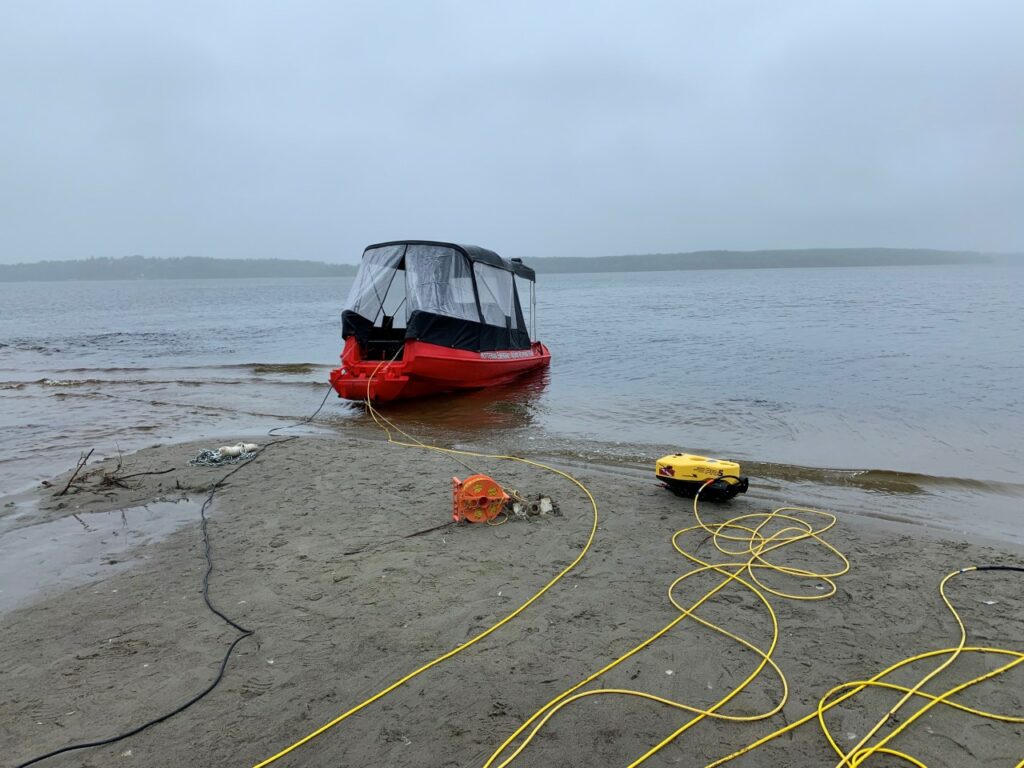A remotely operated vehicle (ROV) can play a critical role in drowning victim recoveries. But to get the most out of the equipment, it’s best to plan ahead. Here are six tips to maximize the ROV’s capabilities, provided by Tom Crossmon, who owns a consulting company in Duluth, Minn., and is also a VideoRay instructor and dealer.
• Have the right tools in the toolbox. In addition to the ROV, also needed are:
o Power source – small generator, standard power outlet, or marine battery with inverter.
o Accessories – sonar, manipulator arm, etc.
• Make sure the equipment is organized, tested, and immediately mobile.
o Spend 5-10 minutes on planning setup and deployment upon arrival at the site.
o Map out your approach to tether handling.
o Make sure you have enough space on-site to operate efficiently.
• Ensure all personnel are experienced and trained. This includes:
o They are fully trained on the equipment.
o They understand basic principles of search-and-rescue (SAR) operations.
o They understand the task at hand and their role in it.
• Know your role, whether it’s the ROV pilot, tether handler, or maintenance worker.
• Make sure personnel safety rules are in place.
o Dress for the weather conditions.
o Personnel are equipped with personal flotation devices.
• Be prepared for recovery.
o Have the right equipment/personnel in place.
o Understand the victim’s probable condition/position.
o Secure the scene from bystanders and news media to protect the privacy and decency of the victim as well as the victim’s family and friends.


 CALL US: +1 610 458-3000
CALL US: +1 610 458-3000
 CALL US: +1 610 458-3000
CALL US: +1 610 458-3000  News
News













